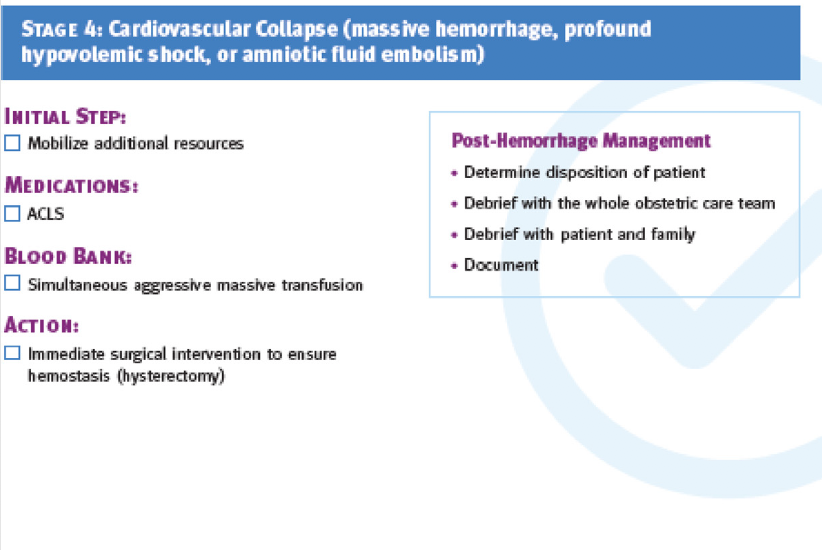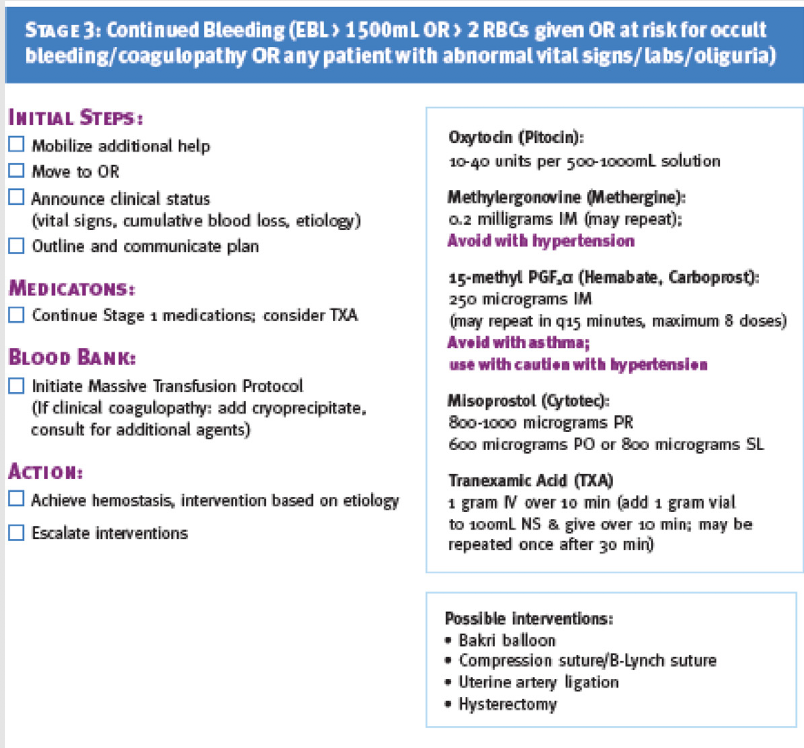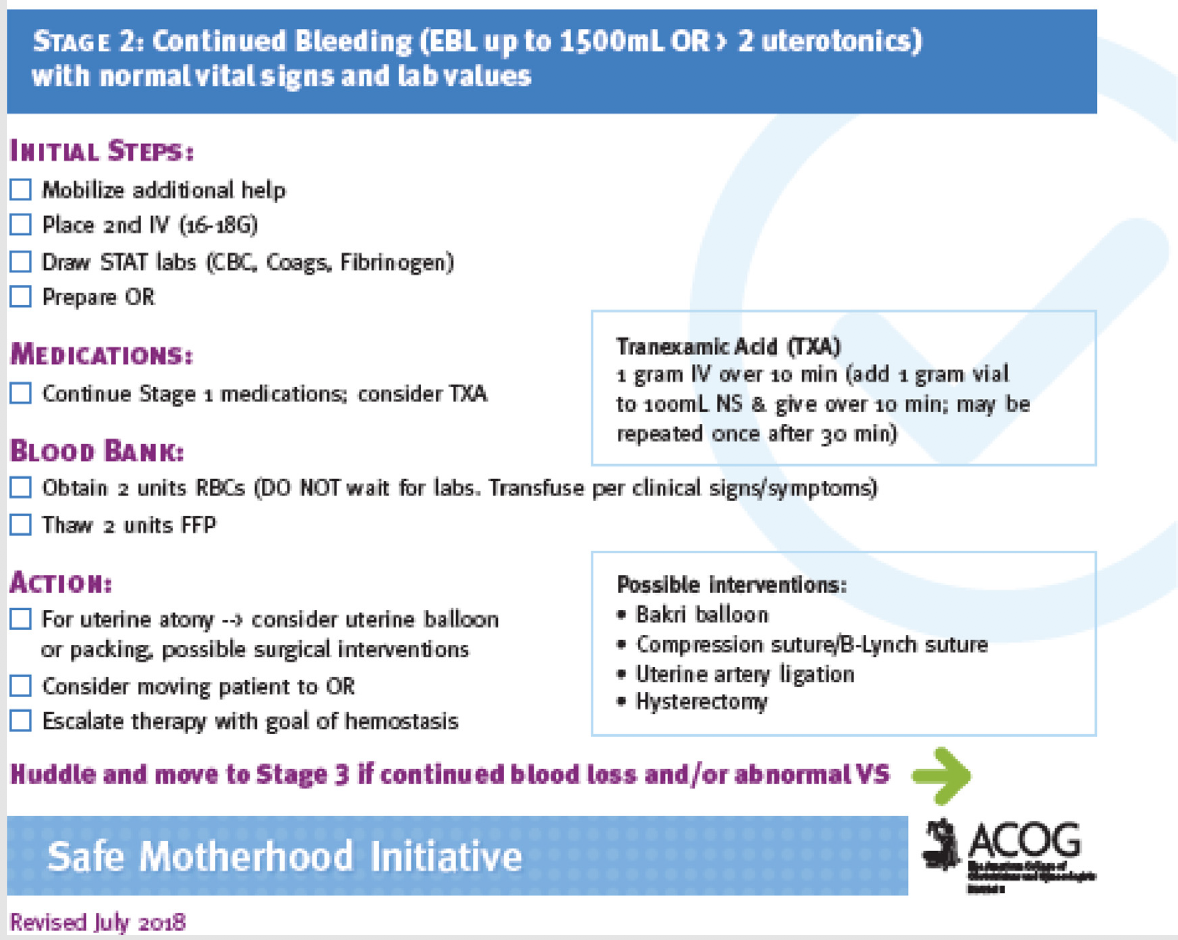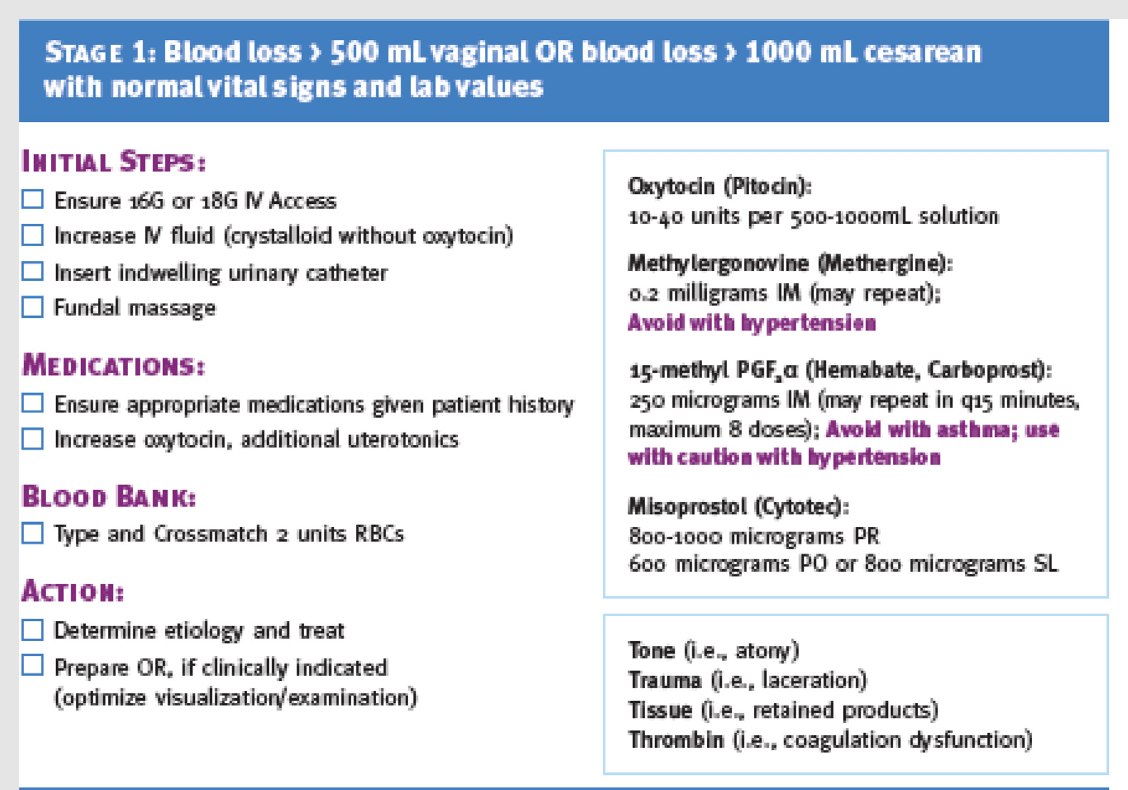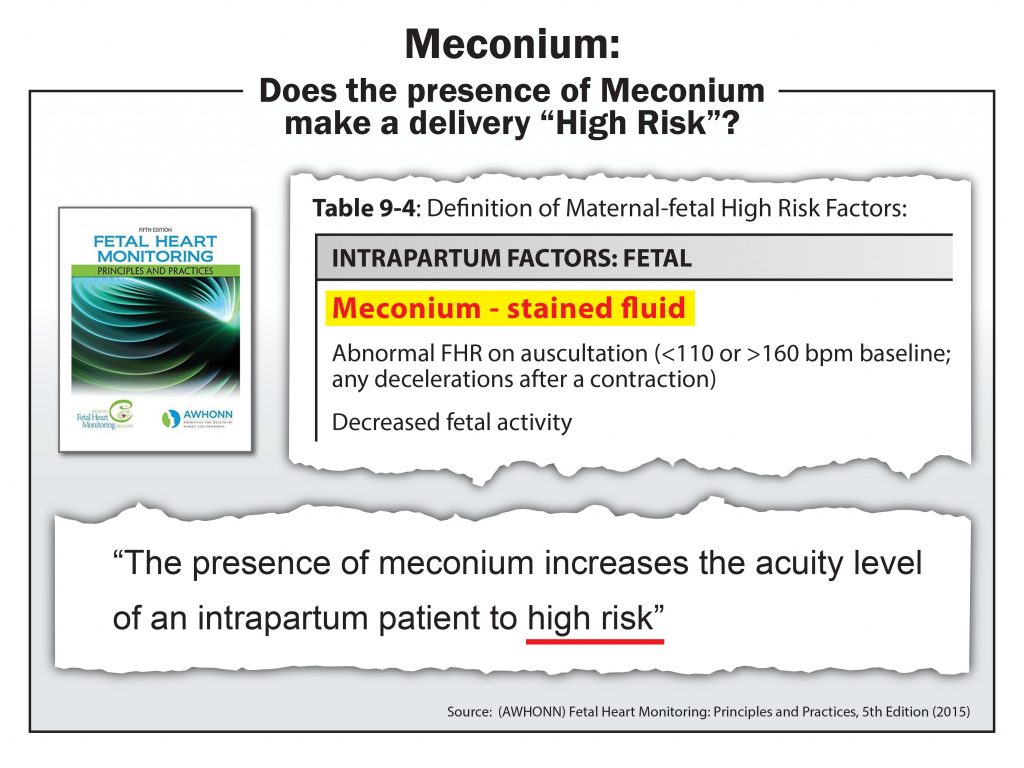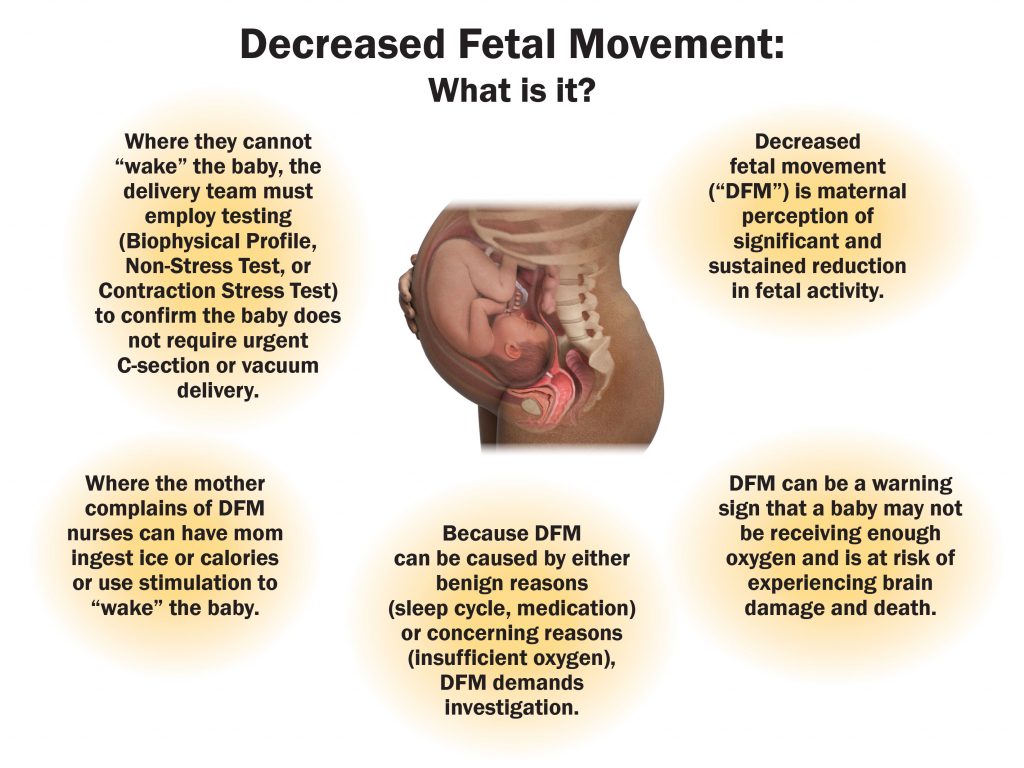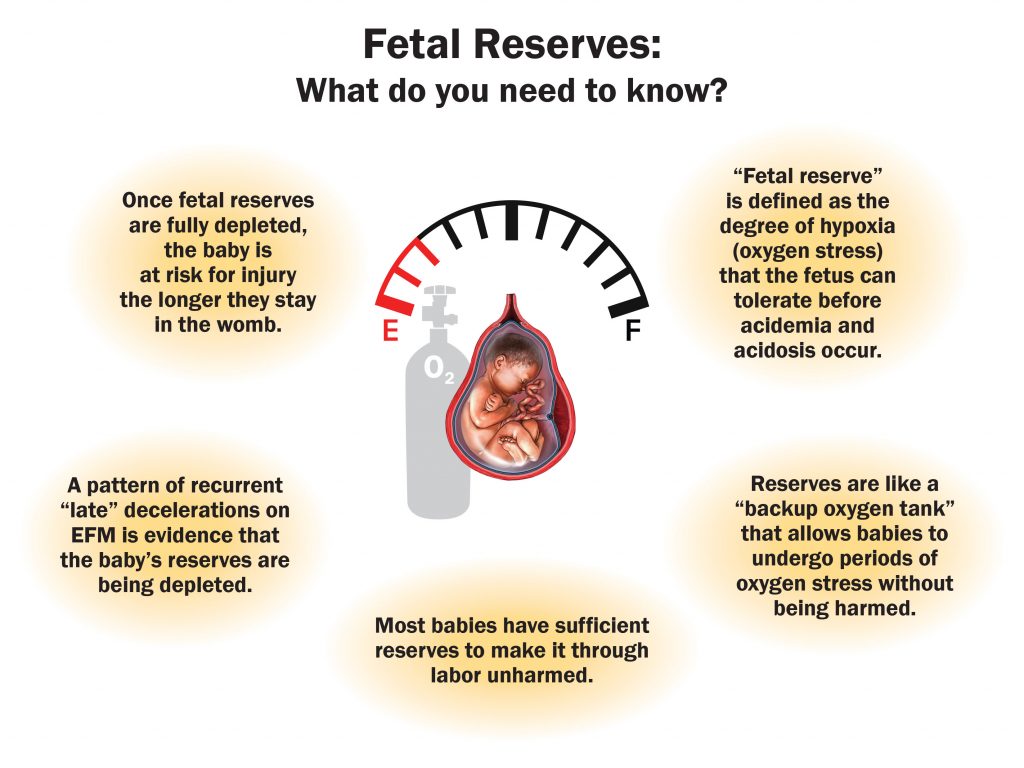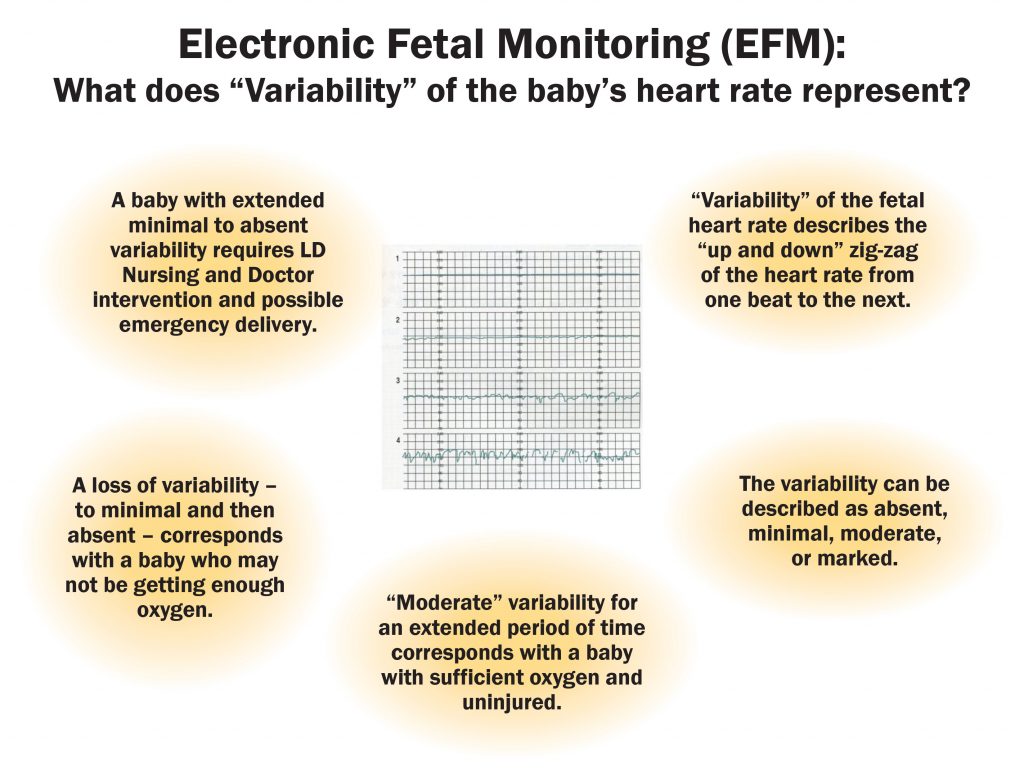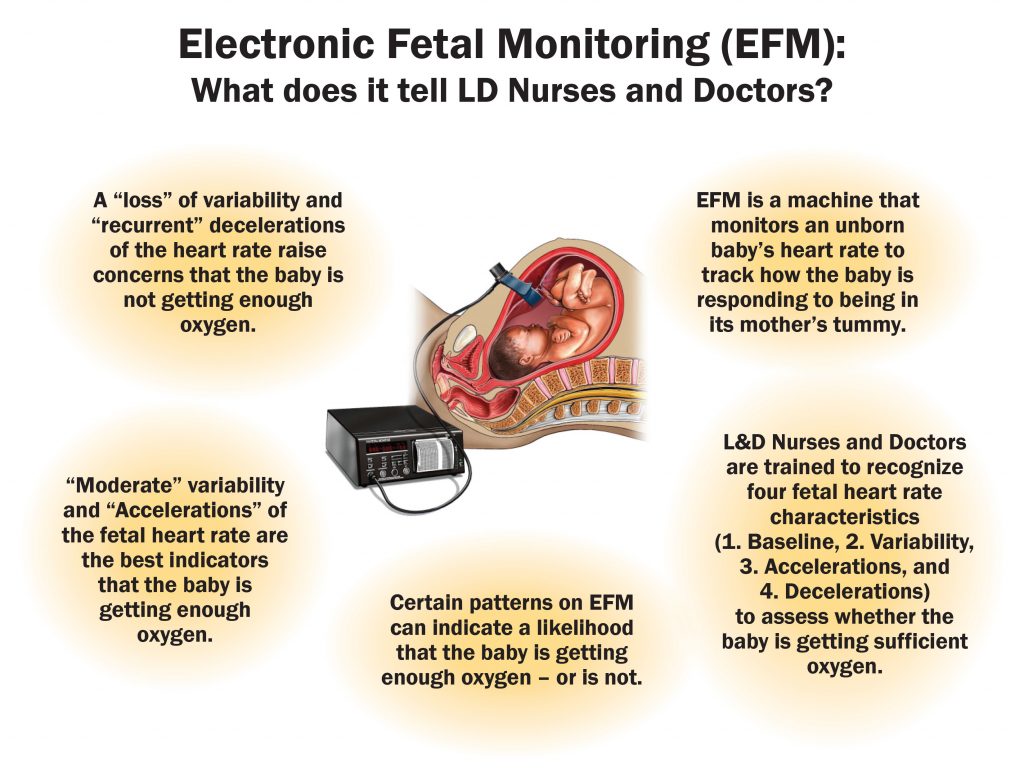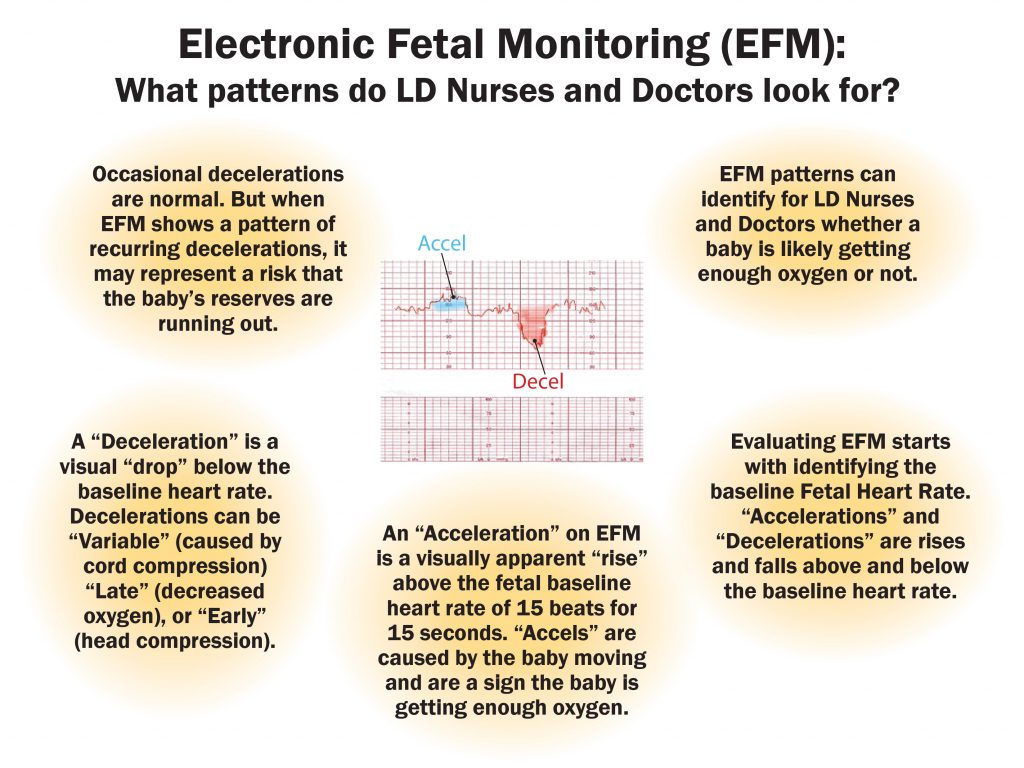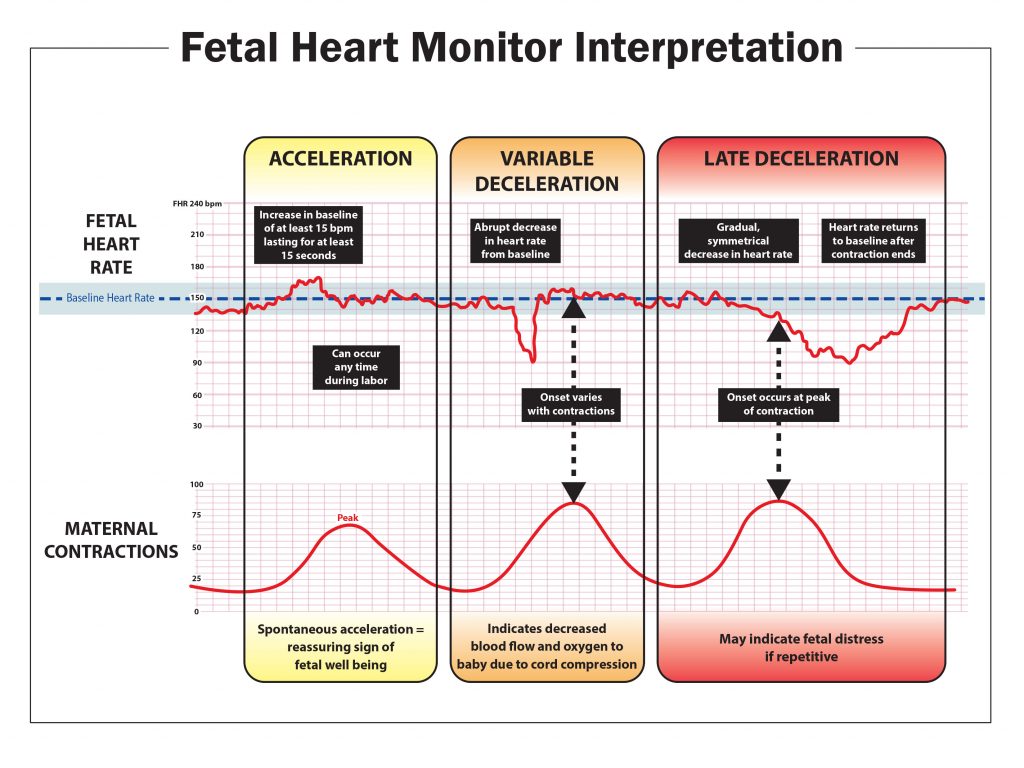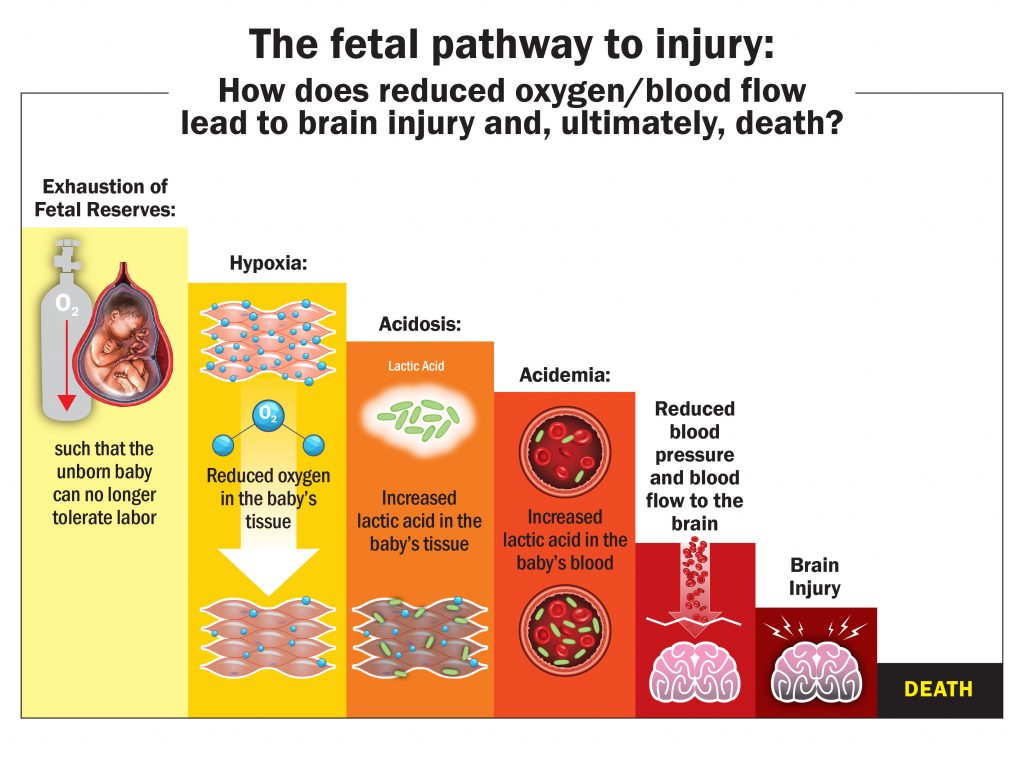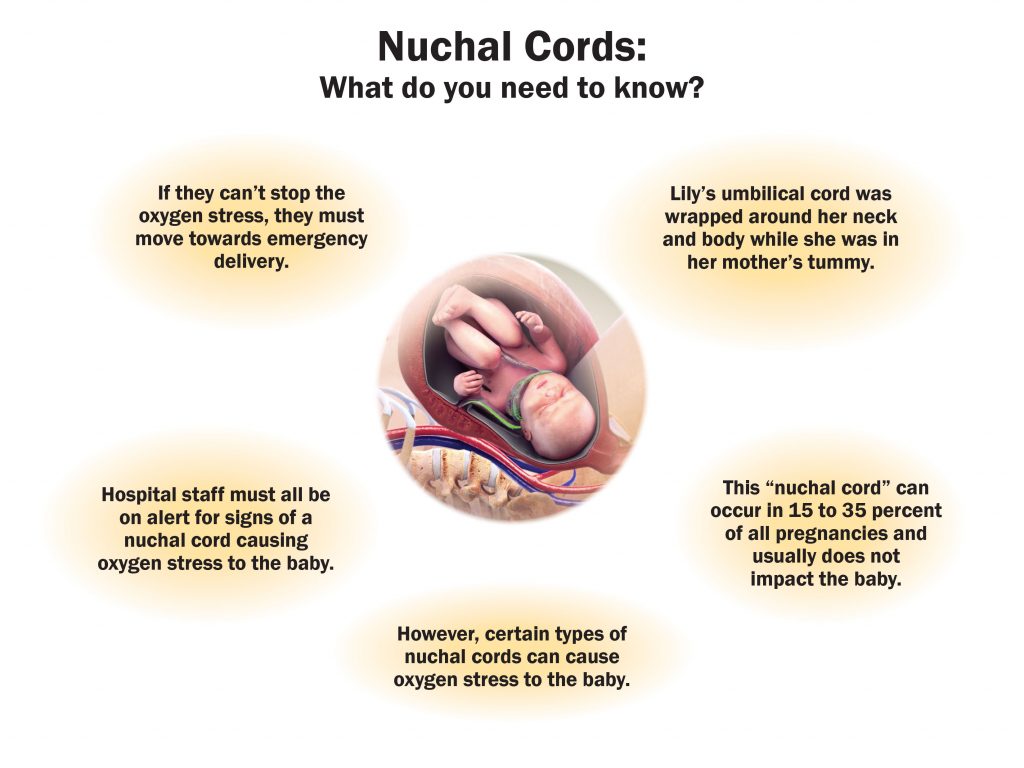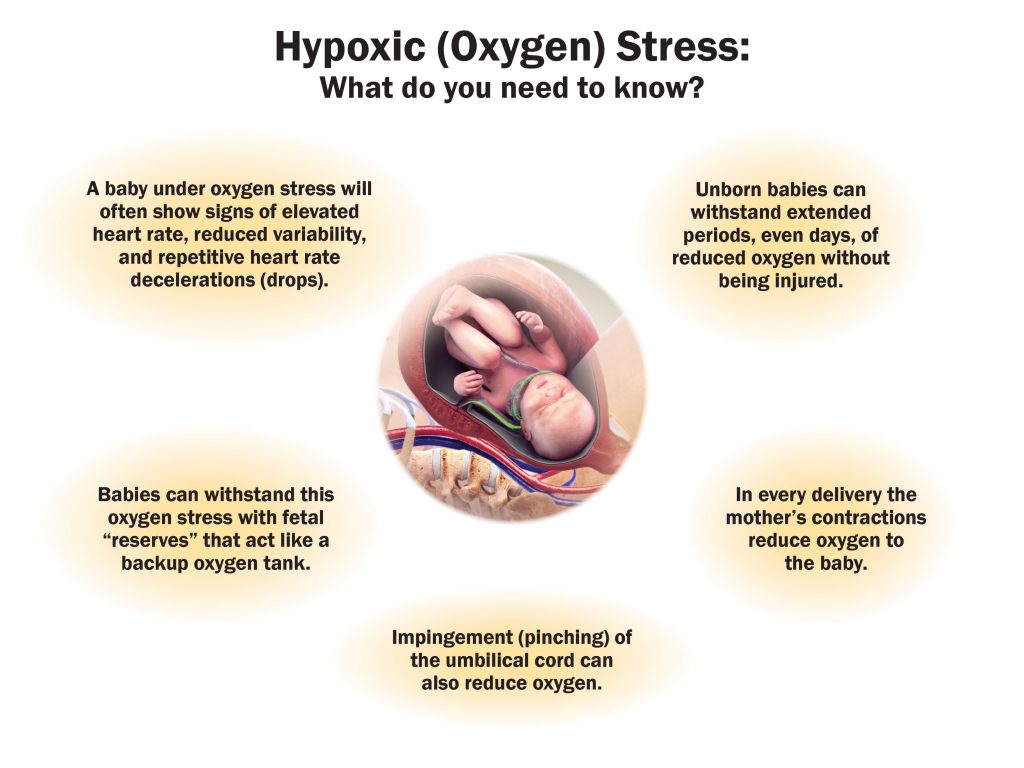Last week, we explored the potential of sympathetic nerve blocks–injections of anesthesia into the nerves–as a treatment method for those suffering from reflex sympathetic dystrophy (RSD/CRPS), a disease that causes chronic and severe physical pain in certain regions of the body. Johns Hopkins Medicine reports that sympathetic nerve blocks are considered by many pain physicians to be effective in treating chronic pain, and the American Society for Surgery of the Hand has noted that the injections are particularly helpful when used in conjunction with physical therapy.
There are two regions where the sympathetic nerve blocks can be placed–either in the upper region at the base of the neck, called the stellate ganglion, to affect the upper regions of the body; or in the lumbar at the base of one’s back, to affect the lower portion of the body.
Lumbar sympathetic blocks in particular are used as a diagnostic test to determine whether damage has occurred to the sympathetic nerve chain, according RSDhope.org. However, “it may provide relief far in excess of duration of an anesthetic.”
According to Johns Hopkins Medicine, a sympathetic block procedure is relatively simple: the patient meets with a pain management specialist who is experienced in conducting nerve blocks and provides information about the medications the patient is taking and any allergies she may have. The procedure may require fasting prior to it, and during the procedure, the area of the patient’s neck or back is made numb with local anesthetic. The physician then will use x-rays to locate the correct ganglion and will inject it with an anesthetic solution.
The University of Maryland Medical Center states that these blocks are given about one to two weeks apart. If a patient is undergoing physical therapy, the blocks might be scheduled to optimize the therapy sessions. Johns Hopkins Medicine reports that patients typically receive a series of three to six of these blocks–but also warns that they are not effective for all patients, and that some may get less relief from it over time. “But for some,” it says, “a sympathetic block may provide weeks or months of pain relief”–a long time for those who experience chronic pain.
If you or a loved one has suffers from RSD/CRPS as the result of someone else’s negligence, call us for help. We will talk to you and review your case for free. The Tyrone Law Firm specializes in representing those who have suffered a devastating injury, such as traumatic brain injury resulting from the negligence of another. Our personal injury firm here in Atlanta has a very successful record of trying such cases.
Nelson Tyrone handles Brain Injury, Spine Injury and RSD/CRPS cases throughout the United States. He involves only the top medical, rehabilitation and life-care plan experts in the field. His results on behalf of clients include several of the largest settlements and verdicts on record.
You can reach us at 404-377-0017 or via email at admin@tyronelaw.com. If we can’t help you, we will do our best to put you into the hands of lawyers who can.
Additional Resources:
- Johns Hopkins Medicine: Sympathetic Nerve Blocks for Pain
- American Society for Surgery of the Hand: Reflex Sympathetic Dystrophy Info Sheet (with Diagram of Injection into Stellate Ganglion)
- American RSDHope: Lumbar Sympathetic Block
- University of Maryland Medical Center: Lumbar Sympathetic Nerve Block
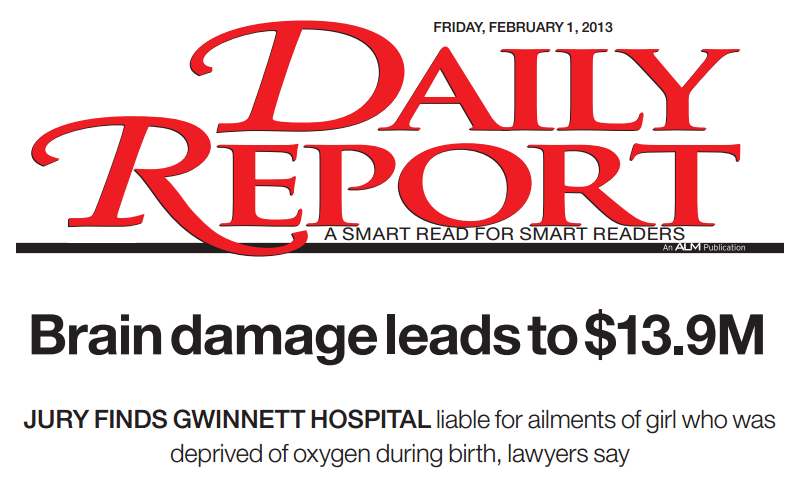



 Hayley serves as a Labor and Delivery Nurse Consultant for the Tyrone Law Firm. She attended and graduated Cum Laude from the University of Georgia in 2004 with a Bachelor of Arts degree in Journalism/Public Relations. After graduation she moved to the gulf coast where she pursued a career in real estate and development.
Hayley serves as a Labor and Delivery Nurse Consultant for the Tyrone Law Firm. She attended and graduated Cum Laude from the University of Georgia in 2004 with a Bachelor of Arts degree in Journalism/Public Relations. After graduation she moved to the gulf coast where she pursued a career in real estate and development.
